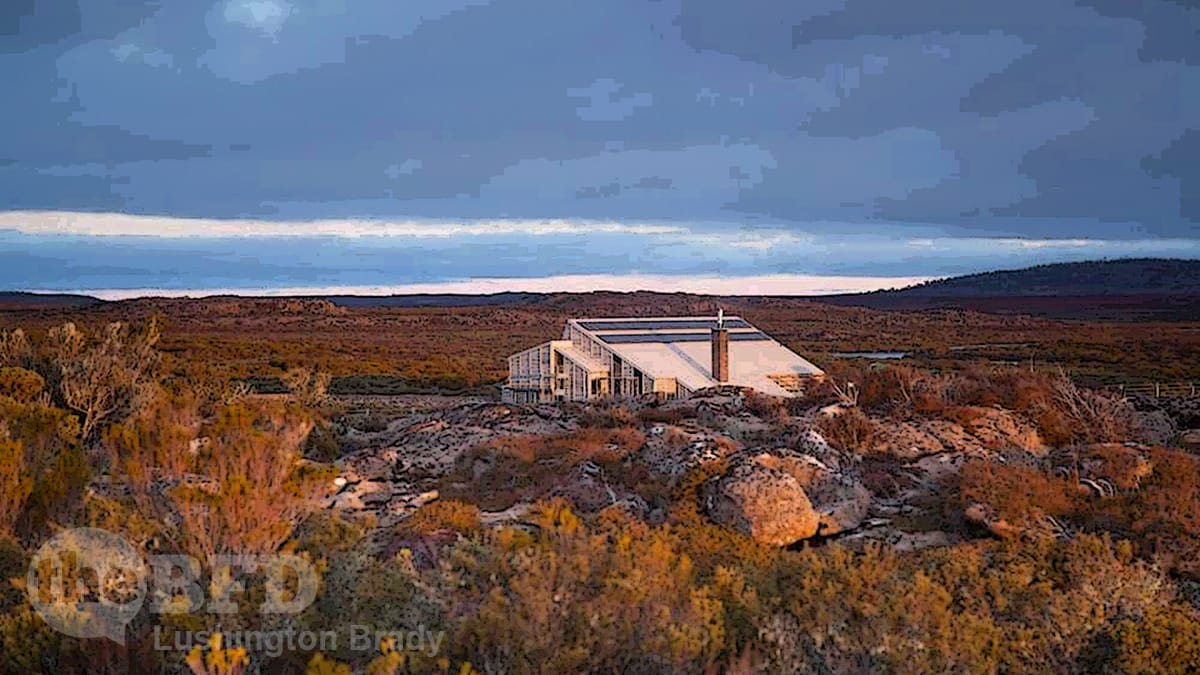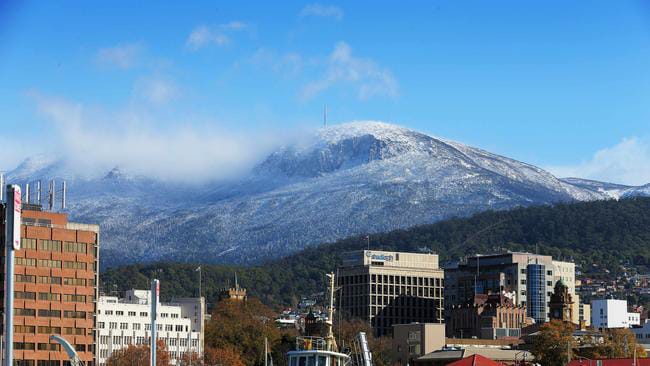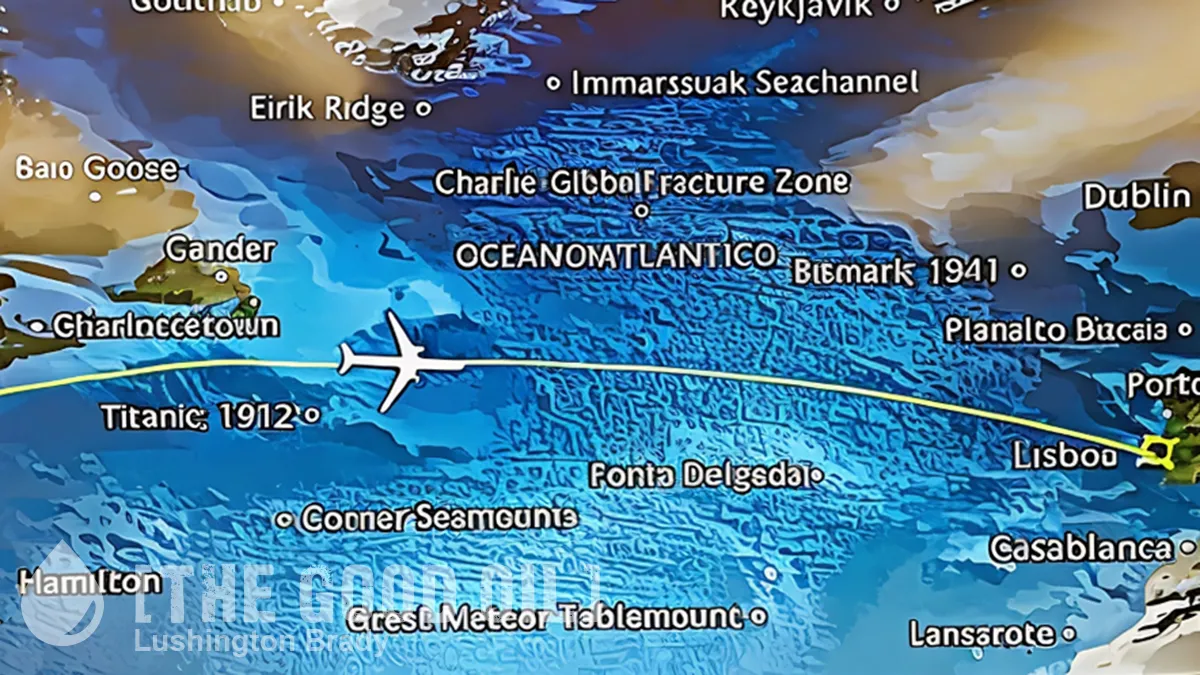I always wondered why Bear Grylls never filmed an episode of Man vs Wild in Tasmania. Tasmania is, of course, famous for both its wilderness and its cold weather. But few people seem to realise just how much both combine to make much of the island bleak and inhospitable.
That’s because few people really seem to grasp that most of Tasmania is comprised of its Central Plateau. This elevated platform dominates over half of the island. Its not for nothing that the Australian Antarctic Division had its former training facility near Liawenee, which regularly features on Tasmanian weather reports as the coldest place on the map.

The training facility is now the Thousand Lakes Lodge – and visitors may have some idea of just how inhospitable the region really is. Thanks to the work of Ice Age glaciers, the landscape is mostly flat, dotted with occasional peaks and covered with low-lying scrub. When heavy cloud and fog come down, as they frequently do, the few visible landmarks disappear entirely. Even in the middle of summer, snowfalls are common, and blue skies and warm weather when visitors set out for a walk can quickly turn to a grey nothingness of howling winds and bitter cold.
Many visitors quickly find themselves in trouble.
Over the last week, police and state emergency services personnel have searched dense bushland around Philosopher Falls in the state’s north-west, trying to find missing Belgian backpacker Celine Cremer, without success.
It is one of multiple rescues search crews have responded to in the past months, with authorities urging anyone planning on bushwalking or entering Tasmania’s wilderness areas to plan and be prepared.

Even just 10 minutes’ drive from the Hobart CBD, danger is ever-present.
Across two days in June, more than 90 walkers were transported from Hobart’s kunanyi/Mt Wellington back down the base because they were inadequately equipped to climb the summit.
Last year, nine people were rescued from the same mountain during a snowstorm over the Queen’s Birthday long weekend.
When I first started bushwalking (tramping) in Tasmania, experienced friends were adamant that I get prepared for anything.
Peter Grant is an avid bushwalker and former employee at Parks and Wildlife, and said even experienced bushwalkers could get lost.
“It’s a fantastic state for bushwalking, and it’s a brilliant thing to do,” he said.
“[But] you just need to be aware of how to remain as safe as possible when you’re doing it, because there are definitely risks out there.
“You need to get experience in navigation and in walking off track to start to learn how to survive and thrive in those kinds of environments.”
That means packing thermals and a good jacket, even on a fine day. A compass, map, first aid kit, and food and water, are essential, even on day walks. Even a small tent isn’t a bad idea – you should always consider the possibility of an unexpected overnight stay.
Personal locator beacons (EPIRBs) can be lifesaving – and are easily hired around the state.
Active mobile phones and distress beacons have also played a role in searches.
Inspector Hopkins said authorities worked off time frames of expected survival, which although not an exact science, informed them of the likelihood of survival based on time and conditions.
He urged walkers to be prepared, by carrying physical maps and taking battery banks and torches.
“Be aware that mobile phone batteries will not last as long when cold, and mobile navigation apps deplete batteries quicker than other apps,” he said.
But modern communications devices like locator beacons can be a two-edged sword. While they can be lifesavers in an emergency, they can also encourage people to take risks they might not otherwise have. When it seems that rescue is just a short helicopter ride away, it’s easy to get complacent.
But it’s not always that simple.
Inspector Darren Hopkins, who heads search and rescue efforts in the state’s north, said searches in thick bushland were complex.
“The thicker the bush, either canopy or undergrowth, then the less visibility there is and the harder the missing person or evidence of a missing person is to find,” he said.
“So helicopters, which are good at searching larger open areas quickly from above are less effective, plus the distance search parties are apart is dramatically reduced.”
ABC Australia
In the end, though, nothing beats being aware of the risks and planning ahead. Even on a short walk, it’s wise to fill out the log books – including departure and arrival, and planned route – which are kept at most popular walking spots. Let someone else know where you’re going, too.
But most of all, be prepared for any kind of weather.









